Tigst Assefa's world-record run was not yet complete, but the debate had already exploded.
As the Ethiopian hurtled through the Brandenburg Gate with some 300 metres remaining in Sunday's Berlin Marathon, the multibillion-dollar controversy that is the "super shoe" era was already raging.
Assefa crashed through the finishing tape and obliterated the women's marathon world record, slashing two minutes and 11 seconds from the time set by Kenya's Brigid Kosgei in the 2019 Chicago Marathon.
READ MORE: Young NRL grand final star's switch request revealed
READ MORE: Eddie McGuire calls out AFL 'integrity' over GF ticket farce
READ MORE: 'Gutted' rugby boss speaks on Eddie's Wallabies future
Assefa stopped the clock at two hours, 11 minutes and 53 seconds (2:11:53), and did so in a pair of Adidas' newest super shoe, dubbed the Adizero Adios Pro Evo 1.
It's indisputable that the 26-year-old from Addis Ababa is an insanely brilliant athlete, but her run was yet another instance of a world or national record being shattered by someone in super shoes.
Aussie Olympic champion has his say
Over the few days that have passed since Assefa elevated women's marathon running into another stratosphere, Wide World of Sports has gathered the thoughts of several informed sources on the super shoe boom.
Tamsyn Manou, who won world indoor gold for Australia over 800 metres, made it clear she's strongly opposed to the technology, arguing it's taking away from the purity of running and calling for World Athletics to "re-open an investigation".
Pat Carroll, one of just seven Australian marathon runners to have cracked the 2:10 barrier, said he was "dirty on it initially" and had come to accept it, but only because he was quickly becoming "a grumpy old prick".
Rod Dixon, the New Zealander who won the 1983 New York City Marathon and an Olympic bronze medal over 1500 metres, admitted he had "the blinkers right back", meaning he hasn't embraced it but has learned to "live with it". He also hopes for "balance and integrity".
Ralph Doubell, the Australian who won 800-metre gold at the 1968 Mexico City Olympics, isn't fazed. His view is eras come and go and progress is made.
Kate Smyth, who competed for Australia in the women's marathon at the 2008 Beijing Olympics, wants the super shoe boom to continue booming. She's enthralled by technology in athletics.
Julian Spence, who ran for Australia in the men's marathon at the 2019 world athletics championships in Doha, put forward a staunch defence of super shoes. He sees it as an "innovation in our sport" that's having a phenomenal impact on revenue, participation and the fan base. He also said progress had been "happening from the beginning", and thinks World Athletics has found a sweet spot with its regulations on super shoes.
Jason Agosta is a Melbourne-based podiatrist who's worked with many of Australia's top past and present athletes, including Cathy Freeman, Steve Moneghetti, Craig Mottram, Stewart McSweyn and Linden Hall. He believes the influence of super shoes on performance is grossly exaggerated, and says shoe companies "harp on it and ram it down everyone's throat".
Super shoe era explodes
Nike set the super shoe era in motion when it released the Zoom Vaporfly 4% in 2016.
These days, there isn't a major athletic shoe company that doesn't have at least one version of the high-tech shoes, most of which pack in a carbon-fibre plate and an extraordinary amount of springy foam. The foam acts as a spring and the rigid structure — some are made of carbon and others plastic — provide stability.
Super shoes worn in long-distance and middle-distance events on the track also bring together a rigid structure and springy foam, albeit less of it, and shoes designed for sprinting have a rigid structure and even less foam.
An avalanche of world and national records have fallen in the seven years that have passed since the trailblazing Nike Zoom Vaporfly 4% burst onto the market in 2016.
When Kenyan icon Eliud Kipchoge unofficially became the first person in history to run a sub-two-hour marathon in Vienna in 2019, he was sporting a prototype of the Nike Air Zoom Alphafly Next%, the multibillion-dollar company's premier racing shoe.
In 2023 alone, 14 world records have been broken in running or walking events ranging from 400 metres to 100 kilometres, and every athlete behind those records were wearing super shoes.
Nike, Adidas, Asics and New Balance were the brands behind those world-record performances, but Saucony, Puma, Mizuno, Brooks, Hoka and Skechers are also contesting the multibillion-dollar battle.
Aussie world champion 'purist' hits out
"I don't think anyone, even the people who absolutely love the shoes, can argue the fact that the shoes have made a huge difference to the sport of track and field," Manou said.
"It's just deciding which side of the fence you sit on — whether you love the fact that's it made a huge difference to the results, or whether you sit on the side that it's actually made too much of a difference and it's too hard to tell if the shoes are doing the work or the athletes are just incredible.
"For me, I guess being a purist and a lover of the sport for such a long time — I love the history of our sport — I don't want to lose those moments in time where Zola Budd [in the 1980s and 1990s] came out and raced in bare feet and was able to compete. That was an incredible moment in time.
"Bob Beamon jumping [an astonishing world record in the men's long jump] at the 1968 Mexico City Olympics — that was incredible, as well.
"You don't want to lose those moments and then be sitting there and saying, 'Was that a remarkable athlete, or was it the shoes that made them stand out from the rest of the history of the sport?'."
The shoe worn by Assefa in Sunday's Berlin Marathon, the Adizero Adios Pro Evo 1, weighs just 138 grams and is the lightest super shoe ever created.
Five carbon-fibre "energy rods", as Adidas calls them, align with the five metatarsals in a human's foot, and the shoe features a "state-of-the-art forefoot rocker" designed to improve running economy.
The shoes cost an eyewatering $825.
Manou's call for 'investigation'
"I don't like them [super shoes]," Manou added.
"It's made it very difficult to understand what the athletes of today are doing compared to the rest of the eras because the shoes have made such a difference.
"I think they need to re-open an investigation and look into it … to decide whether there's too much change. I think they need to put more research into it.
"They do have some restrictions in place, but we've just witnessed a 2:11 marathon by a female, which is just incredible, and unfortunately rather than us talking about how incredible the athlete is, we're focusing a lot on how much the shoes have done to allow that performance to happen.
"It's hard to tell at the moment when a performance is really ridiculously incredible or if the shoes have played a massive part in it.
"With that marathon runner on the weekend, everyone's talking about the fact that the shoes played a part. I think that's disappointing because that's the thing that was so beautiful about our sport; no matter the era, whether it was Jesse Owens competing in Berlin [at the 1936 Olympics] or Usain Bolt, everyone talked about incredible athletes — they never talked about the technology. It was just about what a beautiful runner they are and how amazing they are and I feel like that's changed because the shoes have come about.
"I feel like the shoes need to be nipped in the bud pretty quickly to stop it getting out of control."
'Happened from the beginning'
Spence's stance on super shoes differs enormously to Manou's.
That's not surprising because he operates a running shoe shop, but his argument was undeniably strong.
"Roger Bannister [the first sub-four-minute miler] was wearing spikes that 50 years earlier no one was wearing, and then 50 years after Roger Bannister you had guys like [Moroccan middle-distance legend] Hicham El Guerrouj wearing much better spikes, and on tracks that are synthetic, rubber, bouncy tracks, whereas he [Bannister] was running on cinders," Spence said.
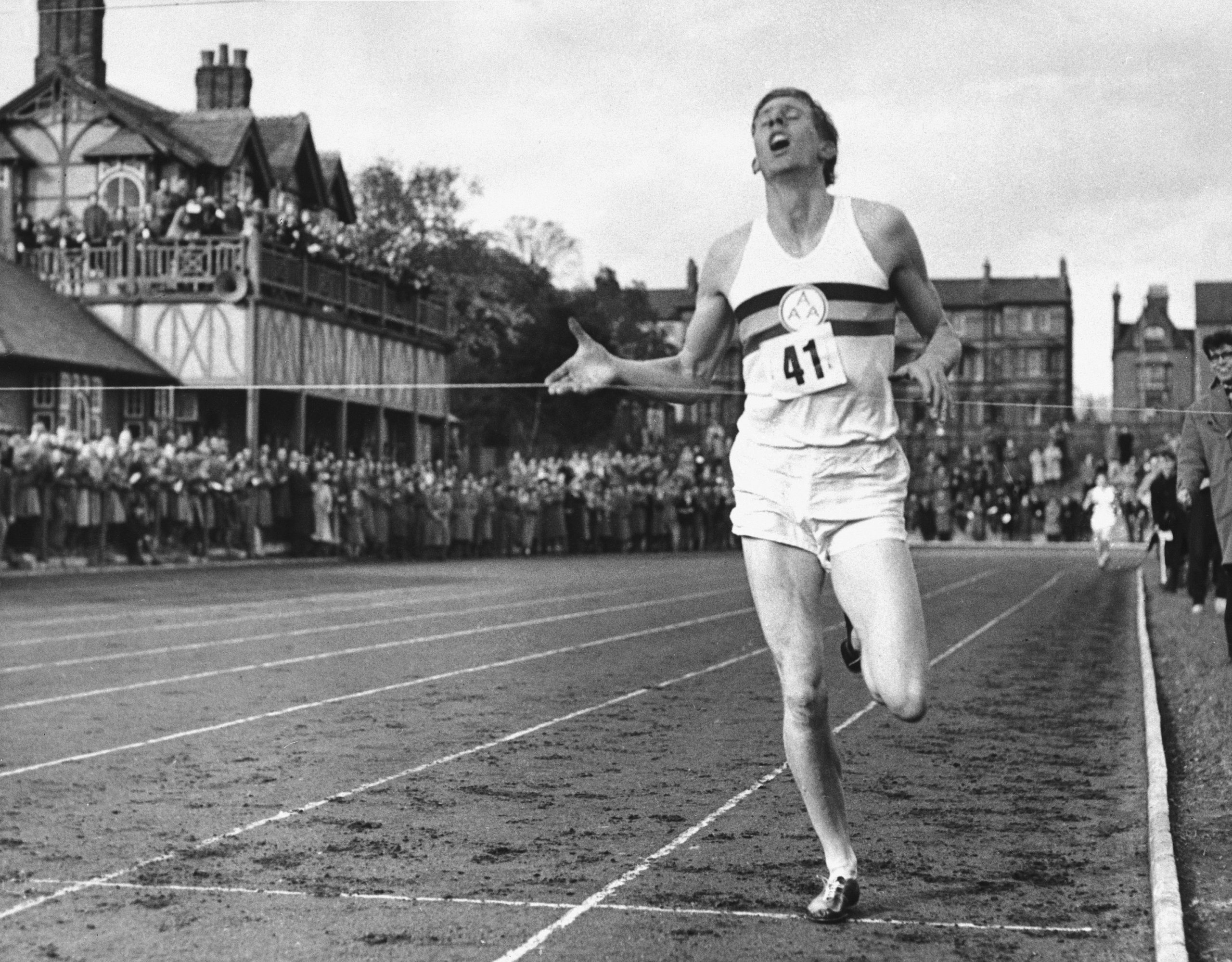
"And then 20 years from El Guerrouj you've got the same track, but you've got lighting around it that can help pacing [Wavelight] and you've got a better shoe.
"So this has happened from the beginning. The older generation love to consider their generation as the best generation of all time, but there's always been progress. No matter what you were wearing in your day, 50 years earlier someone was wearing something that was insignificant compared to what you were wearing."
Why former star stopped being 'dirty'
Carroll's days as an elite runner came well before the introduction of super shoes.
"I ran 2:09 for the marathon and I would have liked to know that if anyone else ran 2:09 that they put in the same effort as me, whereas the super shoes — if they do what they say they do then they improve your performance by a couple of per cent," said Carroll, who did his best running in the 1990s.
"You're talking a normal 2:11 marathon runner coming down to be a 2:09 marathoner.
"So, I was a bit dirty there, but then I thought, 'Well, I'm just going to grow to be an angry old man!', so I decided to accept it. It's the way of the world. To be honest, I wish it hadn't happened, but it did and you've just got to accept it and move on.
"I just would have liked it to remain an even playing ground, but it hasn't. It's not an even playing field compared to when I was an elite athlete. The current crop have an advantage, right?
"But I'm OK with it now. Bring it on. You have to accept it, otherwise you just end up being a grumpy old prick."
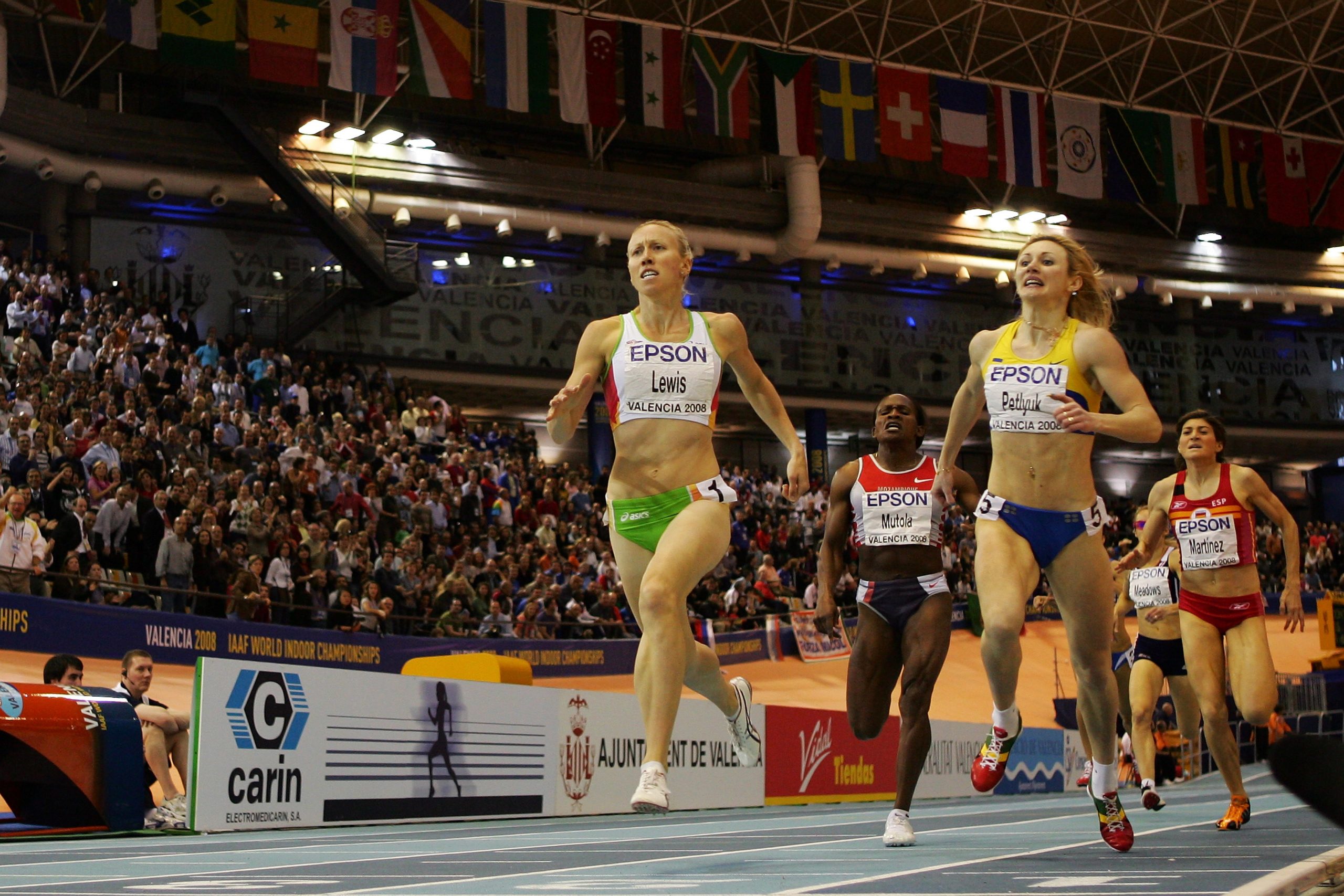
Kiwi legend's 'balance and integrity' hope
Dixon said the super shoe era blew up and World Athletics was left floundering.
"In the early days, World Athletics and [president] Sebastian Coe started to set standards for shoes, but they couldn't keep up with what was happening with technology and the development of these shoes," Dixon said.
"And really now there's no way to control them, so we've got to live with it. We've got to understand that this is what's happened and this is where it is … You're not going to be able to shut it down because it's going to pop up again … You're not going to beat it. You've got to go with the flow and hope there's some balance and integrity to it, but even integrity is not a word that a lot of people use these days."
In 2021, Saucony sent Dixon a pair of super shoes to test for the company.
"I was pretty impressed with them. I thought to myself, 'Oh my gosh, if we had these in my day it would have been so much better!'," he said.
"It wasn't so much that I wanted to run faster; my thing was recovery.
"Saucony said, 'Have a look at this'. I had a look at it, I tried it on, I had a bit of a run and I thought, 'Woah'."
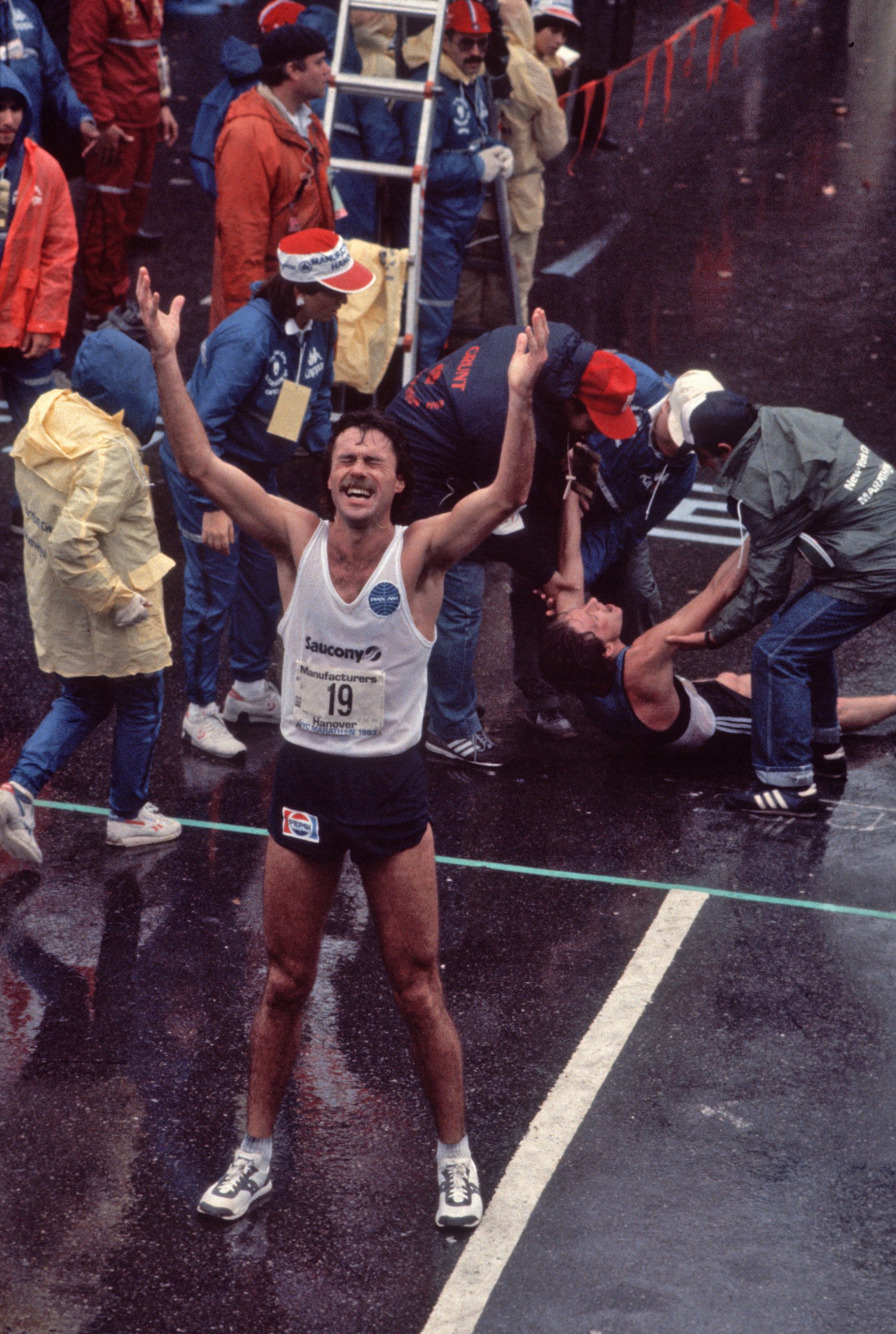
Doubell doesn't 'get hung up'
Doubell held the Australian men's 800-metre record for 49 years.
"Yesteryear is yesteryear," he said when asked about super shoes shaking up athletics.
"You can't live in other generations. If things change, well things change … I performed in 1968; I didn't perform in 1963, nor did I perform in 1972 … You don't live forever, your records don't stand forever.
"So I don't have great problems with it, so long as everyone's got a reasonable chance of equal access.
"I think people realise there are changes in technology and that's caused the changes in times.
"I don't get hung up on people forgetting what we did. Not many people remember what I did, so it doesn't really matter."
If Abebe Bikila was still alive, it would be fascinating to get his take on super shoes.
At the 1960 Rome Olympics, the Ethiopian famously ran the entire 42.195 kilometres in bare feet and won gold. He completed the course in the not-too-shabby time of 2:15:16, a world record at the time.
Ex-Aussie Olympian embracing high-tech shoes
"I don't hang onto the past records," said Smyth, who joined fellow Australian marathoners Benita Willis and Lisa Weightman at the 2008 Beijing Olympics.
"I just think, 'Imagine what we can do in the future with the technology we now have'.
"So I'm not against shoes of any kind, as long as they're accessible to everyone. They're not cheap shoes. Are they accessible to everyone?
"But I think it's really exciting because I can see that we're going to get better and better."
For good or bad, thicker cricket bats have changed cricket, the move from wooden to aluminium baseball bats have changed baseball, golf ball technology has changed golf, and carbon fibre has changed Formula 1, cycling and sailing.
At the 2008 Beijing Olympics, 25 swimming world records were broken and 23 of them were swum by athletes wearing a NASA-inspired suit. FINA, now known as World Aquatics, banned the infamous technology in 2010.

Manou's marketing gripe
"We have some of the biggest sporting companies in the world funding research into footwear and it's the same thing that happens in every other sport," Spence said.
"For me this is a progression of progress in our sport and I don't think there's anything untoward about it. Every single company has access now to these types of products, these types of foams.
"If this lady ran 2:20 in old shoes [in the Berlin Marathon] we're not talking about this. Even with Kipchoge and the sub-two-hour project, it's brought marathon running a whole new wave of popularity and mainstream attention, and I love that. That's good for our sport — that's growth."
Manou thinks athletics should be marketed differently.
"I love that the athletes can make money and I think they deserve to make money because they are incredible athletes, they're the best of the best. You look at other sports making ridiculous amounts of money, so why shouldn't the elite track and field athletes in a global sport be getting a slice of that pie?" Manou said.
"But I'm not quite sure why the shoes need to be the reason why they're making that money; it should be the fact that they're the best in the world at sprinting or at throwing a javelin. Our sport should be able to market itself well enough so that there are ways for athletes to make money without it being about them having super shoes on."
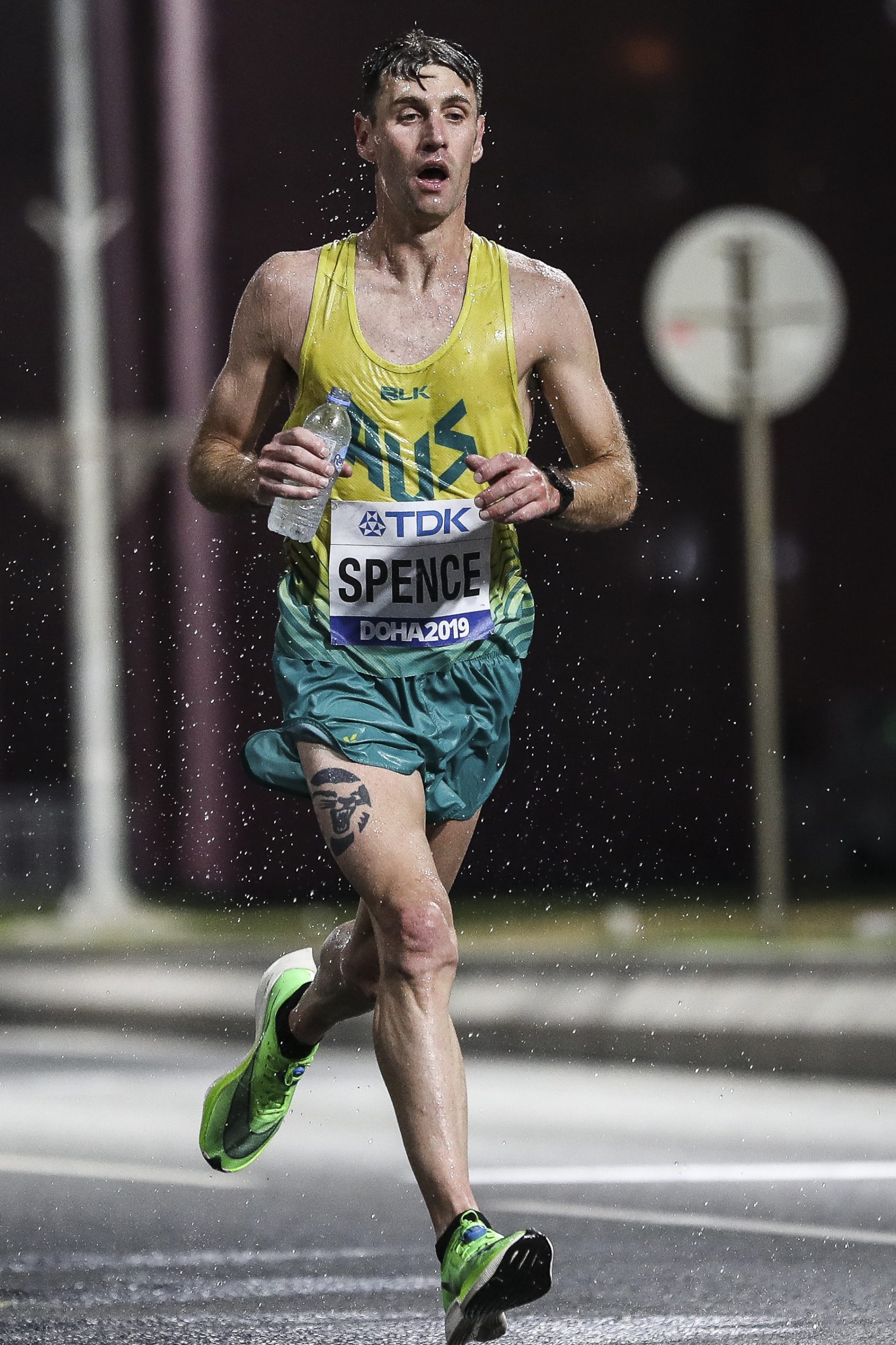
World Athletics puts clamps on shoes
As per World Athletics' regulations, shoes used in running or walking events on the road cannot have a sole thickness greater than 40 millimetres.
The regulations on track shoes are tighter; 25 millimetres is the limit for events ranging from 800 metres and above, while 20 millimetres is the limit for all shorter events.
And a shoe can only have more than one rigid structure if it's located in one plane or, in the case of spikes, it's used to attach spikes to the outer underside of the shoe.
"I think they've stopped it turning into a circus with the shoes; they've put the limitations on already," Spence said.
"The shoes can provide a degree of performance [advancement], but there's a lot of other things that the sport has innovated in and progressed with, like training philosophy, nutrition, strength and conditioning, and recovery.
"I think the regulations at the moment are pretty tight, really.
"The companies know the limitations and they're just innovating within them already."
A 'vortex of marketing'
Not only is Agosta a podiatrist who's worked with Freeman, Moneghetti, Mottram, McSweyn and Hall, he's a former world cross-country championships representative.
"They may make us run a little faster, but I don't think they make us run a whole lot faster," Agosta said of super shoes.
"People's ability to spring and move quicker in super shoes is better. I don't think it's as much as people think it is, though.
"I reckon there's an effect that people think they're going to run so much better and run faster so they actually sort of fly along … I personally think there's an element of the placebo effect and if you go and drop your $360 on them you want it to bloody work for you."
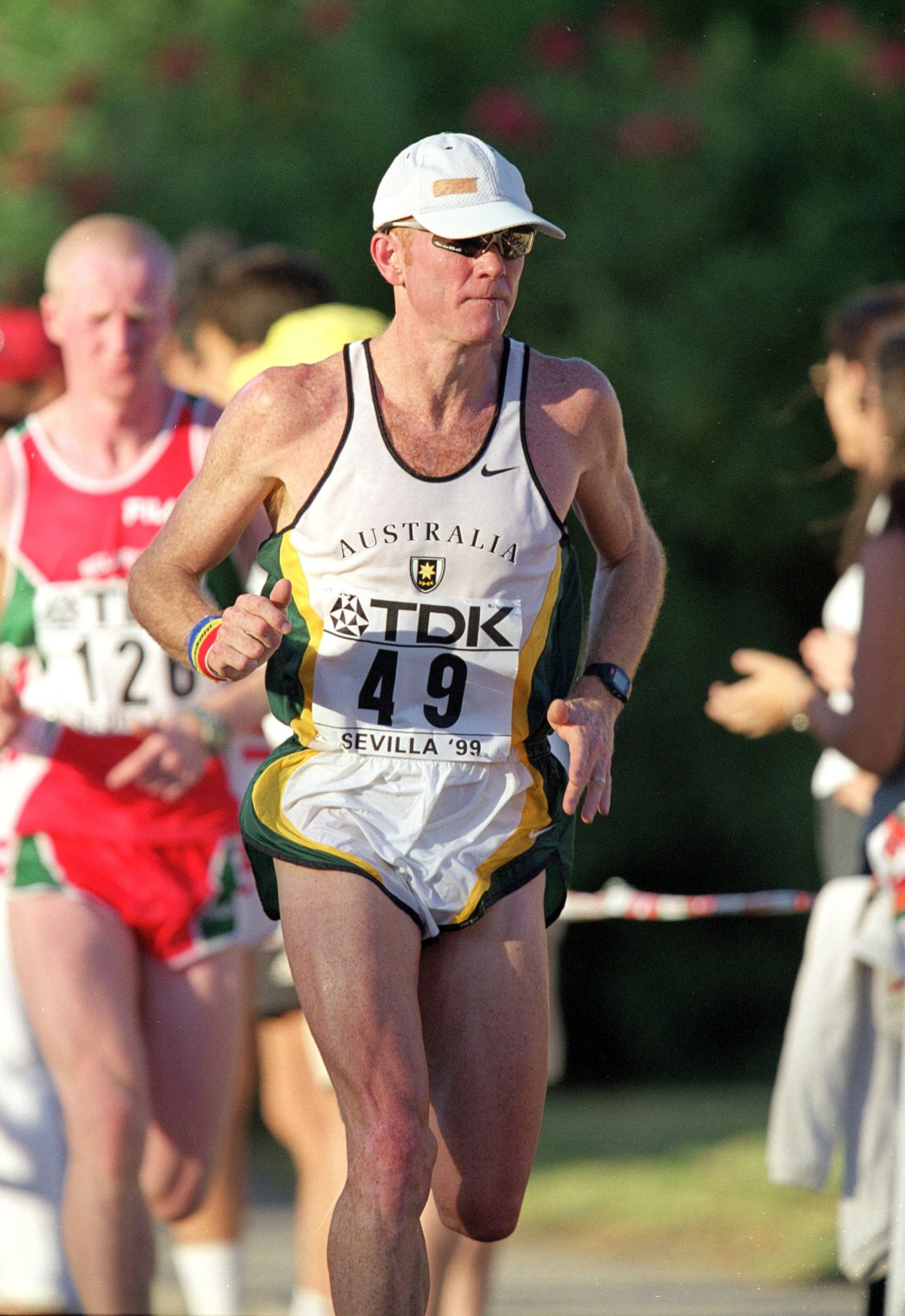
Adidas describes the Adizero Adios Pro Evo 1 as "a prototype enhanced with unique technology that challenges the boundaries of racing".
The Nike Air Zoom Alphafly Next% is touted as a shoe that's "made to shatter records and PBs [personal bests]".
The full-length carbon-fibre plate that's wedged into Nike super shoes is trumpeted as a "built-in secret weapon".
And there's this from Saucony on its Endorphin Elite: "If there's a limit, we've pushed it. If there's a PB, we've propelled it. Trust us — after four years of development, it's the turbocharged race-day shoe you've been waiting for."
"This is the power of marketing," Agosta said.
"I'm a bit of a cynic now because I've had a lot to do with the shoe companies over many, many years.
"They create trends and marketing is shoved down everyone's throat, to practitioners like me, to people in the shoe stores and to athletes that they sponsor, and then all of a sudden you've got this vortex of marketing … and everyone wants to be part of that glamorous sporting scene of company, like Nike or Asics, and they just feed off one another.
"The companies are just rubbing their hands together.
"They keep bringing new stuff out that's not necessarily better; it's just different and people are led to believe it's better."
Before charging through the streets of Berlin, Assefa described running in Adidas' leading super shoe as "an incredible experience — like nothing I've felt before".
Millions of others — elites, weekend warriors and everything in between — are now racing to get their hands on a pair.
In the meantime, the multibillion-dollar argument that is the boom of super shoes rumbles on.
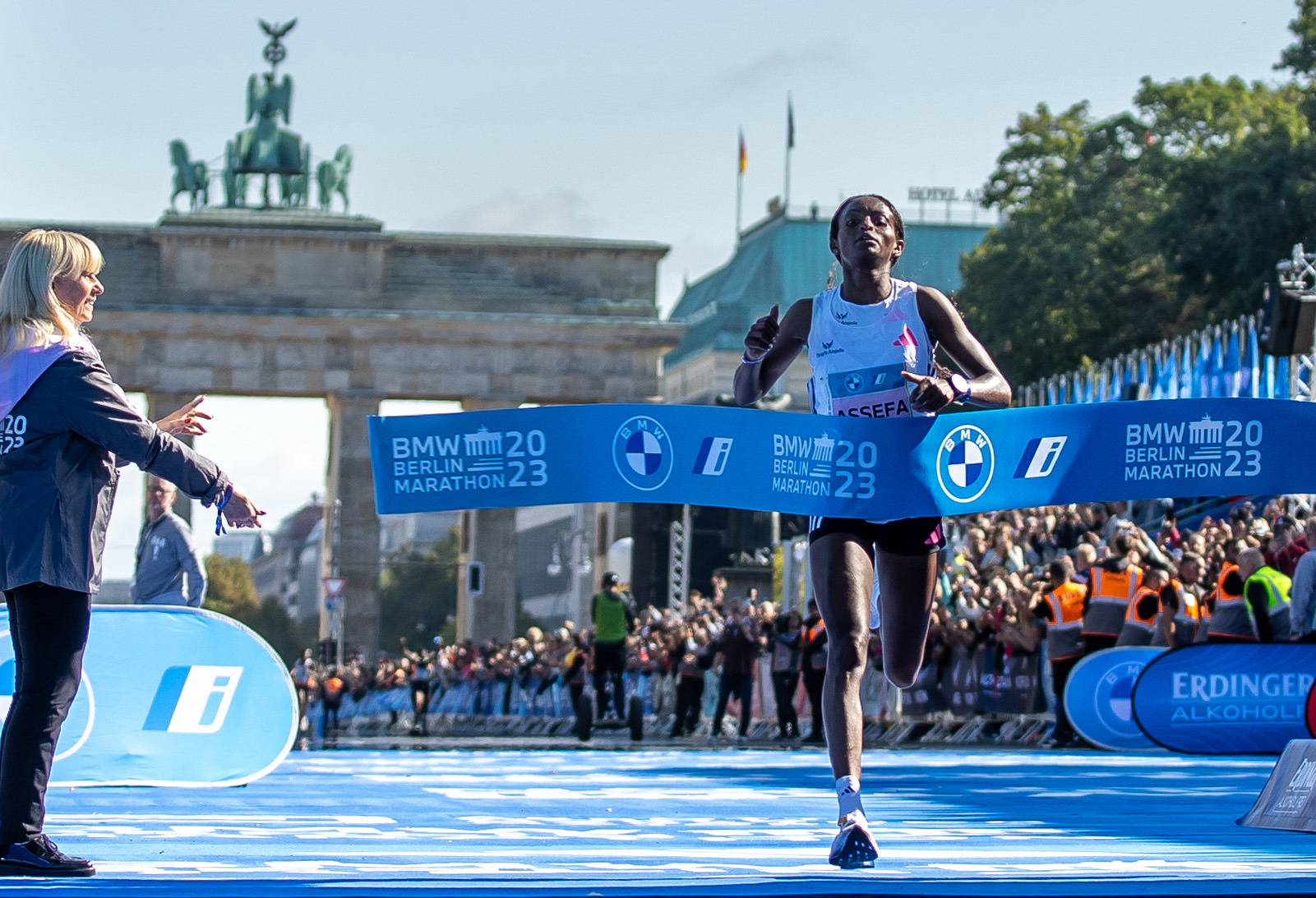
Leave a Reply
You must be logged in to post a comment.